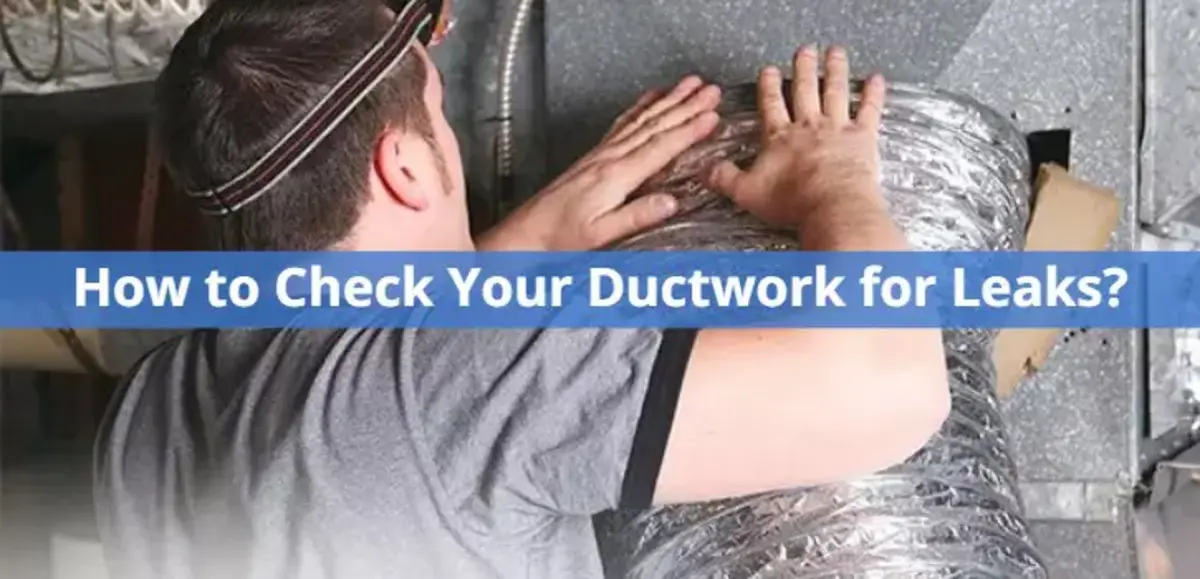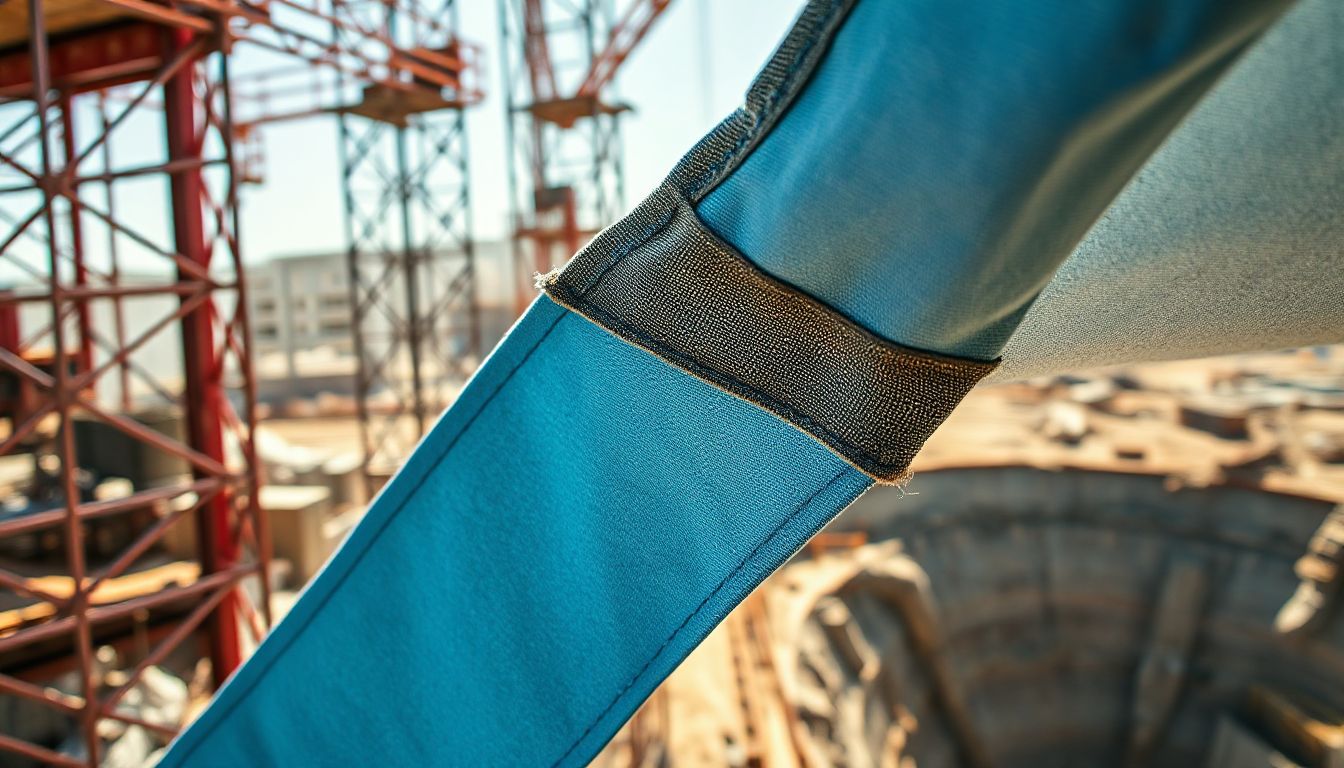When it comes to energy efficiency in homes and commercial buildings, ductwork often doesn’t get the attention it deserves. Yet, according to the U.S. Department of Energy, leaky ducts can lose 20–30% of the air moving through a system. That wasted air means higher utility bills, uneven heating or cooling, and more strain on HVAC equipment. Detecting and sealing air leaks isn’t just a cost saver—it’s a comfort and performance upgrade.
Here are five practical, reliable methods to identify leaks in your duct system.
Visual Inspection
The first step is often the simplest: take a close look at your ductwork. Many leaks are easy to spot, especially around joints, seams, and connections.
Signs to look for: loose connections, gaps where duct sections meet, tape that has dried out, or areas where insulation looks dark from escaping air carrying dust.
Accessibility matters: in homes, check basements, attics, and crawl spaces. In larger buildings, access panels may be required.
While this won’t reveal every small leak, it’s a quick way to identify obvious trouble spots that need sealing.
The Hand and Smoke Test
If you suspect a leak but can’t see one, your hands (and a little airflow science) can help.
Hand test: run your hand slowly along the ductwork while the system is running. Escaping air often feels like a faint breeze on your skin.
Smoke test: hold an incense stick or smoke pencil near suspected joints. If the smoke wavers or gets pulled in, you’ve likely found a leak.
This method works best in residential systems or smaller sections of ductwork where airflow is easy to reach.
Pressure Testing with a Duct Blower
For a more precise measurement, professionals often use a duct blower test (sometimes called duct pressurization). This involves sealing off registers and using specialized equipment to pressurize the duct system.
What it does: measures the total amount of leakage across the entire system.
Why it matters: it not only confirms the presence of leaks but also quantifies how much conditioned air is being lost.
This is especially valuable for commercial buildings or when evaluating the effectiveness of sealing work. While this requires professional tools, it delivers hard data for performance improvements.
Thermal Imaging
Leaks don’t just let air out—they change the temperature of surrounding materials. Thermal cameras can detect those differences.
How it works: with the HVAC system running, a thermal imaging device highlights hot or cold spots along ductwork.
Benefits: allows detection of hidden leaks behind walls, ceilings, or insulation.
Thermal imaging is becoming more accessible thanks to smartphone-compatible devices, though professional-grade cameras provide the clearest results. This method is especially helpful in large facilities where ducts are concealed.
Listening for Whistling or Hissing
Sometimes, leaks make themselves known by sound. A small gap in ductwork can create a faint whistle or hiss as air escapes under pressure.
Best practice: turn off other noise sources and carefully listen along ducts while the system is running.
Limitations: this method is more effective for larger leaks; small pinhole leaks may go undetected.
Still, it’s a low-cost way to catch problems in areas that are otherwise difficult to test.
Why Detecting Leaks Matters
Whether in a single-family home or a multi-story commercial building, duct leakage reduces efficiency and raises costs. Leaks force HVAC equipment to work harder, shorten system lifespan, and can even affect indoor air quality by pulling in dust or contaminants from unconditioned spaces.
Products such as UL-listed foil tape, mastic sealant, and professional-grade insulation wraps are designed to permanently seal duct leaks. Pairing the right detection method with the right sealing solution ensures long-term efficiency gains.
Final Thoughts
Finding air leaks in ductwork doesn’t have to be complicated. From simple hand tests to advanced pressure diagnostics, each of these methods offers a way to pinpoint wasted energy. For homeowners, a basic inspection and smoke test may be enough to uncover obvious leaks. For building managers and contractors, professional tools like blower tests and thermal imaging deliver the accuracy needed for large-scale systems.
The key takeaway acjakarta.com: identifying leaks is the first step toward reducing energy bills, improving comfort, and protecting HVAC performance. With today’s proven detection techniques and high-quality sealing products, tackling duct leaks is one of the smartest investments you can make in building efficiency.


